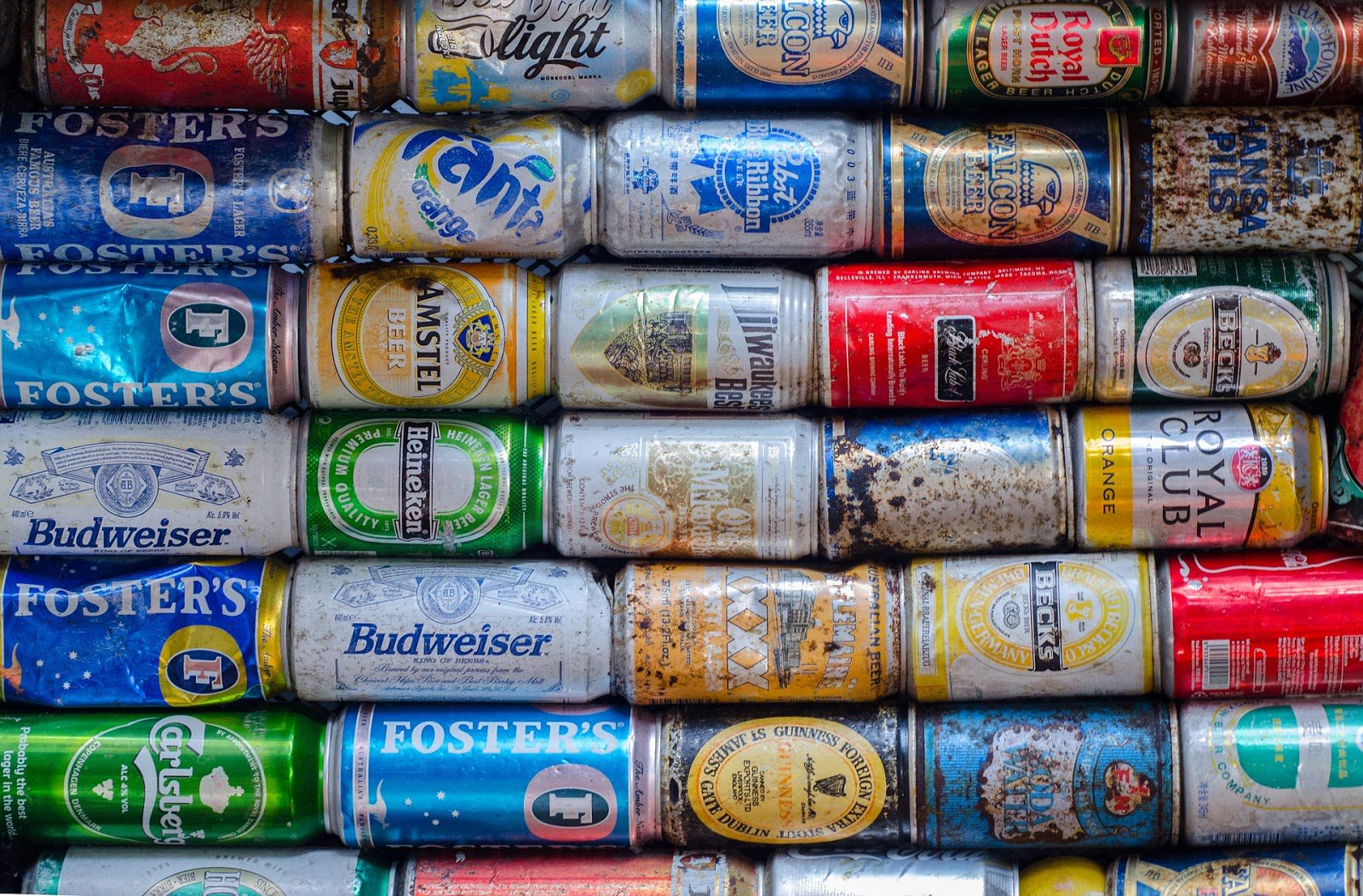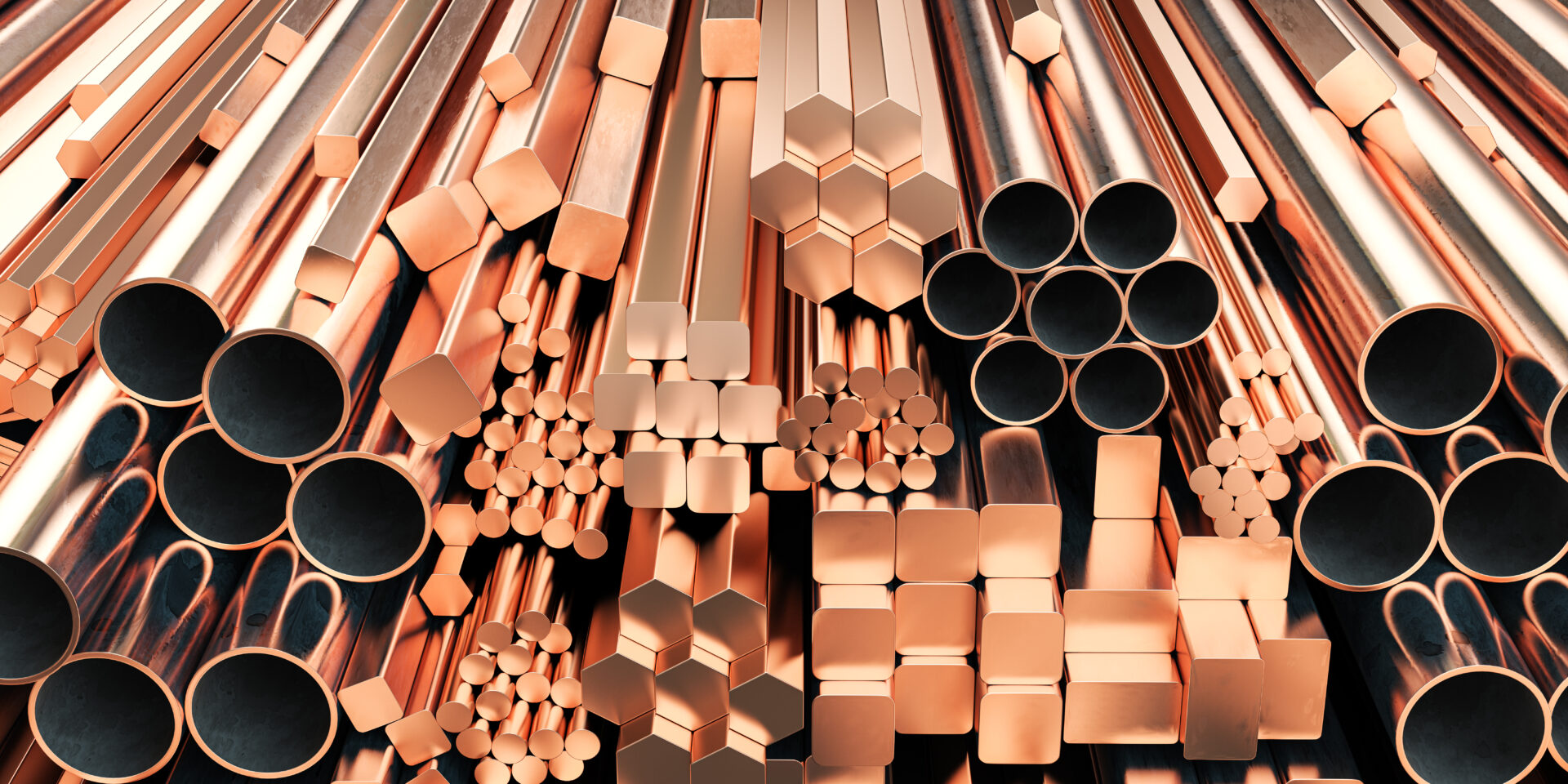
Aluminum recycling is important for both our environment – and our recycling efforts.
Aluminum is one of the most durable forms of metal available to businesses and manufacturers. It’s also one of the most recycled materials today. The vast majority of aluminum produced in the U.S. today, nearly 75 percent, gets recycled for reuse, and the demand for aluminum keeps rising.
Recycling aluminum is truly one of the most economical systems we have for manufacturing new products. Aluminum is one of the materials in the waste stream that pays for its own recycling. A great example of that is aluminum cans going from the recycling bin to the store over and over again.
Recycling aluminum also helps us save more than 90 percent of the energy that would be needed to produce virgin metal.
Today, a growing number of businesses are gaining a competitive advantage by using the 100 percent recyclable and sustainable metal known as aluminum. Doing so offers considerable product development advantages, with energy savings being one of them.
Aluminum is known to help businesses achieve energy efficiency standards. When the Capital Area East End Building in Sacramento became the first LEED-certified (Leadership in Energy and Environmental Design) building in California, it got that certification in part because of a high-performance aluminum wall that cools the building naturally.
How Long has Aluminum Been a Recycled Product?

The concept of aluminum recycling has been around since the early 1900s. It really started to shift into higher gear about 60 years ago, when the two-piece recyclable aluminum can made its debut.
The 7-ounce Coors Banquet, designed by Bill Coors, came after years of research. Coors hoped it would also become the ideal way to deal with the rising number of throwaway steel cans.
As the can was being introduced to consumers, Coors did something else. The company launched a recycling program called Cash for Cans, which put its faith in the recyclable aluminum can.
While this move helped revolutionize the beverage container industry, a decade earlier during World War II, aluminum foil was being commonly recycled.
The government actively encouraged families to save strips of foil, offering them free entry to a movie theater if they did. The government-sponsored scrap drives made it clear that recycled aluminum was aiding in the nation’s defenses throughout the war.
By the late 1960s, the popularity of aluminum beverage cans highlighted the importance of recycling even more.
While UBC (used beverage container) recycling remains one of the best-known forms of aluminum recycling, its use as a recycled product doesn’t end with beverage cans. Aluminum can also be recycled from cars, building parts, window frames, wire, tubing and electronics.

What Are the Top Benefits of Aluminum Recycling?
Aluminum scrap can be turned into high-quality secondary raw materials, and can be recycled endlessly, without any loss in quality. Aluminum casting for lightweight construction, such as cast parts used in the automotive industry, is increasing sharply.
Demand for aluminum is expected to increase, which will lead to a greater need for something else: aluminum scrap.
And that’s a good thing, considering the positive impact that recycling has on our environment by keeping scrap metals containing toxins out of community landfills.
Recycling aluminum also helps us conserve natural raw material resources since it means producers don’t have to rely on mining for virgin ore to create new metals.
Aluminum recycling is particularly effective since aluminum products can last for quite a long time.
A good example is aluminum windows, which have a lifespan of 50 years or more. In fact, it’s been estimated that up to 75% of all aluminum that’s ever been produced is still in use today – after having been run through the recycling process multiple times.
The effectiveness of aluminum recycling hasn’t simply been recognized in the United States alone.
In Germany, the recycling rate for aluminum is around 95% in the automotive and construction fields and up to 80% in packaging. Germany remains a leader in Europe when it comes to aluminum recycling, and the production of aluminum made from recycled products far exceeds products made using primary aluminum – and has for a long time.
In both the U.S. and Germany, it’s clear the recycling industry has played a significant role in the life cycle of aluminum products.
How Does Aluminum Recycling Create Energy Savings?

It’s been estimated that creating products using recycled aluminum offers enormous energy savings compared to producing primary aluminum using aluminum ore – which happens to be an extremely energy intensive process.
If millions of aluminum cans had to be replaced by brand new cans made entirely from virgin materials, the amount of energy being wasted through that process would skyrocket.
Recycling aluminum saves more than 90% of the energy needed to make aluminum from virgin natural resources. The same amount of energy used to make a single aluminum can from bauxite ore is the same energy used to make 20 cans out of recycled aluminum.
It’s also been estimated that if all the cans sent to landfills had been recycled instead, the amount of energy saved from that could provide power to 1.3 million American homes.
And that’s why it’s so important to keep in mind that there’s no limit to how many times aluminum can get recycled. As a sustainable metal, it’s far less expensive, and considerably more energy-efficient, to make products from recycled aluminum. That’s why aluminum is one of the most valuable items in your recycling bin.
Aluminum Recycling Offers Energy Savings
Researchers say Americans throw away more than $700 million worth of aluminum cans every year, while a bit less than half of all aluminum cans sold each year worldwide get recycled.
Still, some countries – including Germany, Switzerland, Norway and Finland – have set a shining example with 90% recycling rates for aluminum beverage containers.
That’s why it’s so important for all of us to follow the example of these four countries and increase our recycling rates for everything made from aluminum so new products don’t need to be made from virgin materials.
Our booming economy has increased the need for more metal, including aluminum, which is why there’s a need for more consumers and businesses to bring their aluminum scrap to an experienced firm like GLE Scrap Metal, which performs environmentally-friendly processing and recycling of all base and precious metals.
This family-owned and operated business will purchase, process, and re-integrate all recyclable base metals, which are supplied to domestic mills and global end-users to be transformed into new products.
To learn more, call GLE Scrap Metal at 855-SCRAP-88 and request a quote.



